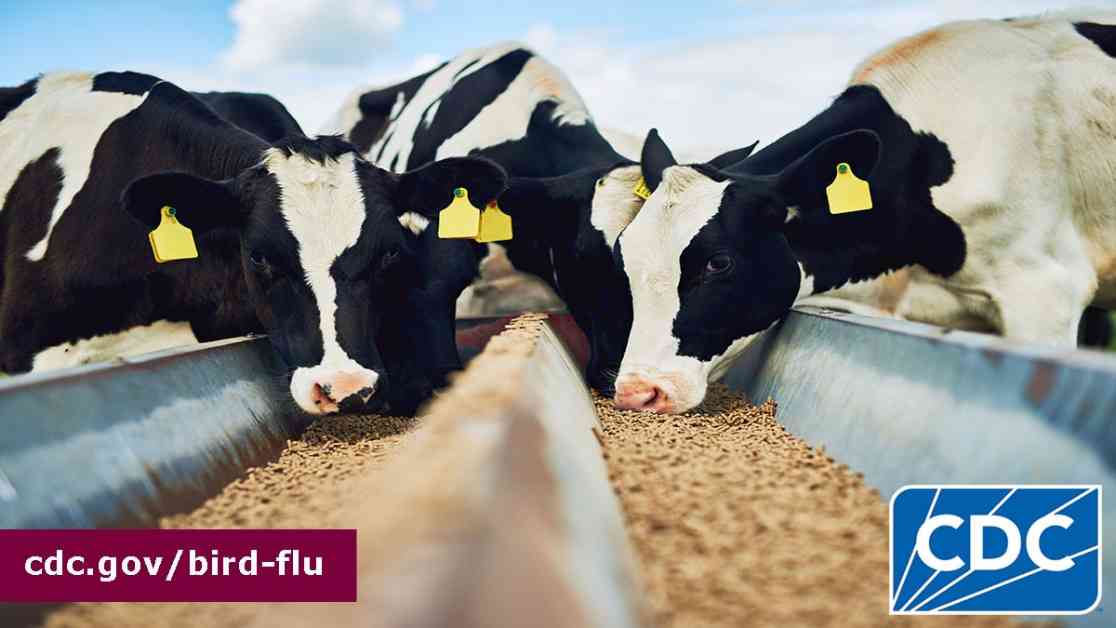The CDC has provided an update on the response activities related to the outbreak of avian influenza A(H5N1) virus, also known as “H5N1 bird flu,” in dairy cows and other animals in the United States. The CDC is working closely with various organizations, including the U.S. Department of Agriculture (USDA) and the Food and Drug Administration (FDA), to address this public health challenge using a One Health approach.
Since April 2024, there have been 52 confirmed cases of avian influenza A(H5) virus infections in the United States. Among these cases, 21 were associated with exposure to infected poultry, while 30 were linked to exposure to infected dairy cows. One case’s source of exposure remains unknown. The majority of cases have been reported among dairy farm workers in California, with additional cases identified in Oregon. These cases have shown sporadic instances of animal-to-human spread, with workers experiencing mild symptoms such as eye redness or discharge.
While there have been no reported cases of person-to-person spread of H5 bird flu in the United States, individuals with exposure to infected animals are at a higher risk of infection. The CDC continues to emphasize the importance of preventive measures, including avoiding contact with sick animals, animal poop, and raw milk. Additionally, individuals with job-related exposure to infected animals should use proper protective equipment to minimize the risk of infection.
The CDC has identified specific genetic changes in the avian influenza virus that may impact susceptibility to antiviral medications. Laboratory studies have shown a change, NA-S247N, that may slightly reduce susceptibility to the antiviral drug oseltamivir. However, this change is not expected to affect the effectiveness of oseltamivir in treating H5N1 infections. The CDC continues to recommend oseltamivir for the treatment of H5N1 patients and for post-exposure prophylaxis.
In response to the outbreak, the CDC has launched various outreach efforts to raise awareness among farm workers about the risks of H5N1 bird flu. These efforts include targeted outreach through social media platforms, radio stations, and digital displays. The CDC also provides resources in both English and Spanish to educate individuals about the symptoms of H5N1 bird flu and the recommended preventive actions.
Overall, the CDC recommends following preventive measures to reduce the risk of infection and contain the public health risk associated with H5N1 bird flu. By limiting interactions between infected animals and humans, it is possible to mitigate the spread of the virus. The CDC remains committed to providing frequent updates on the evolving situation and working closely with partners to address the outbreak effectively.




